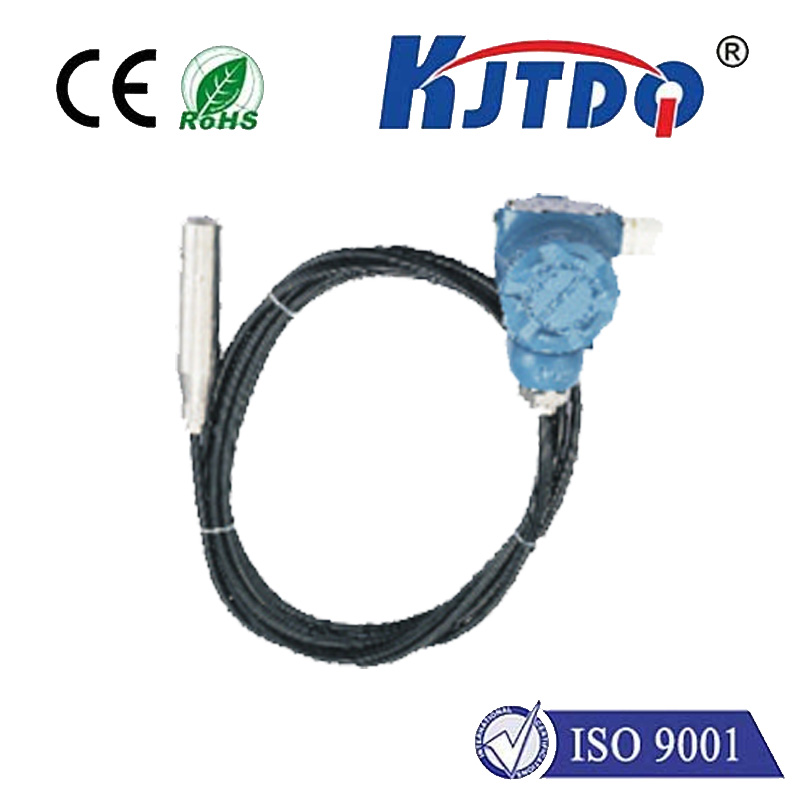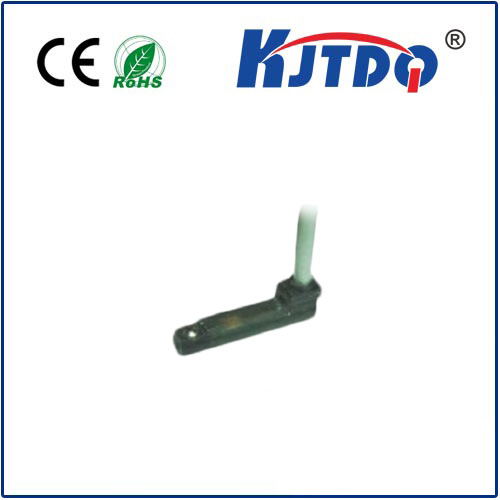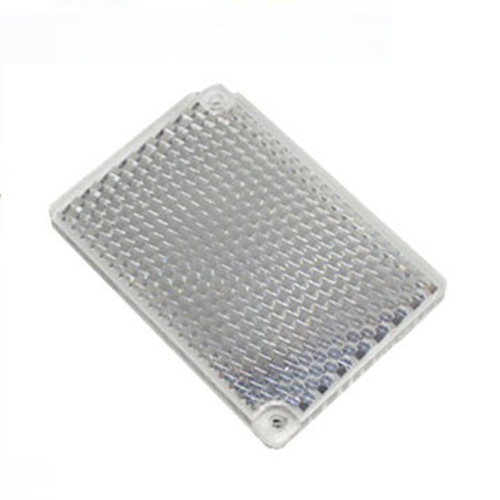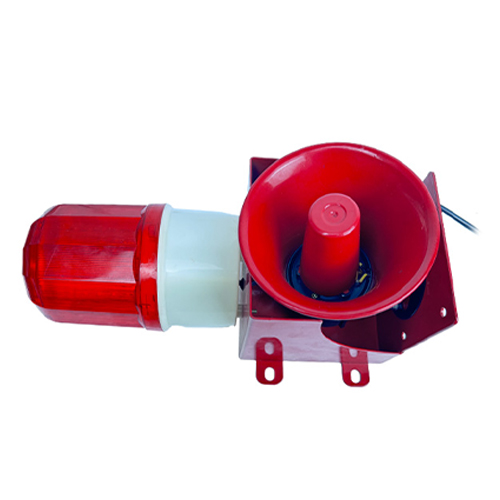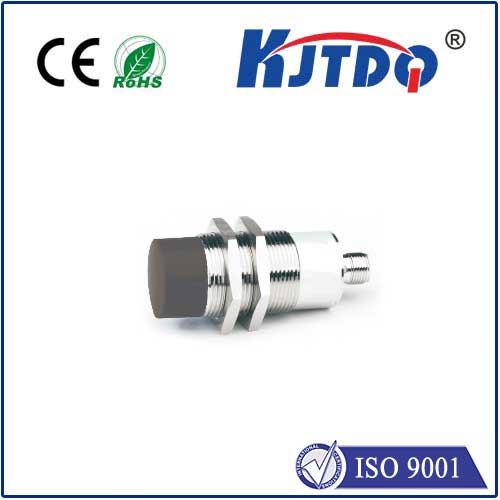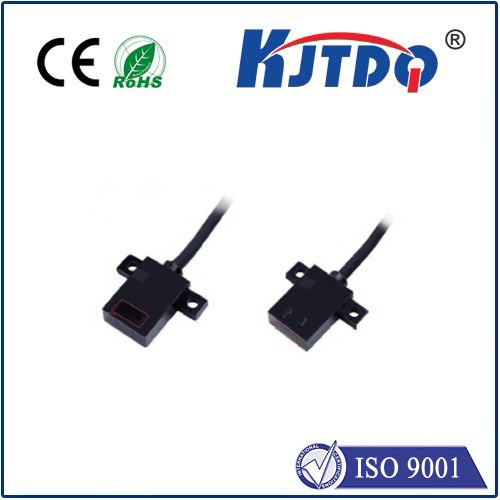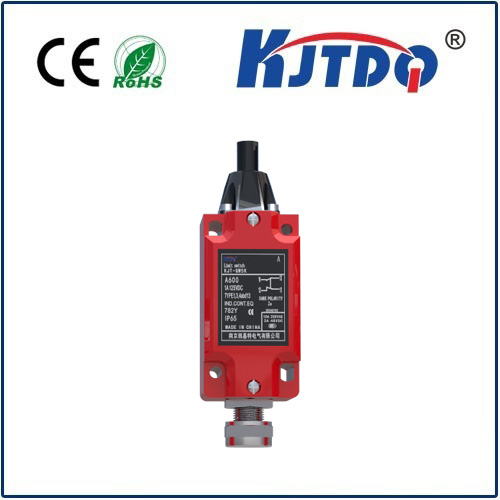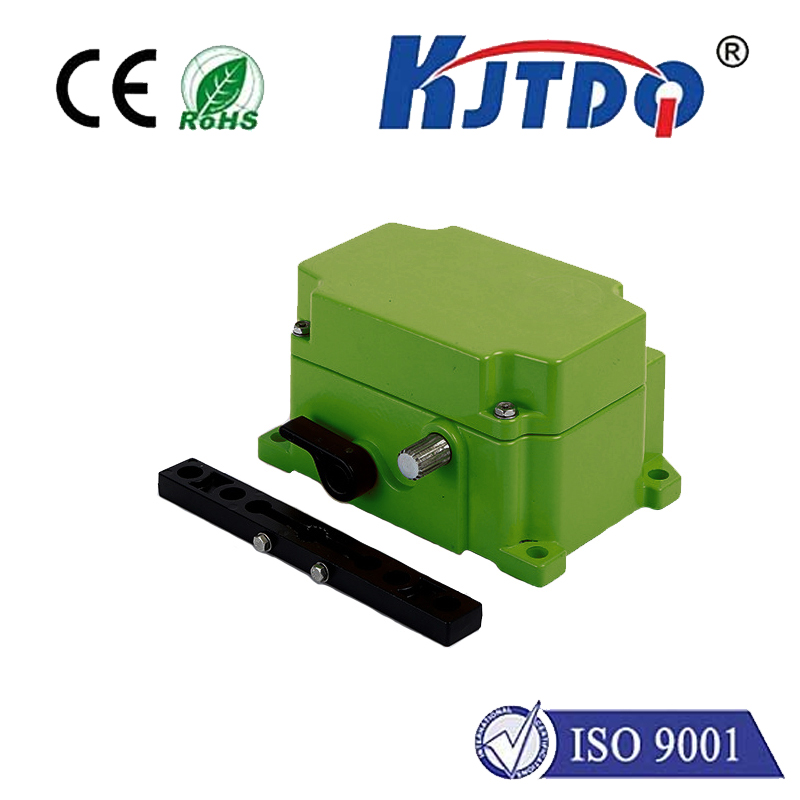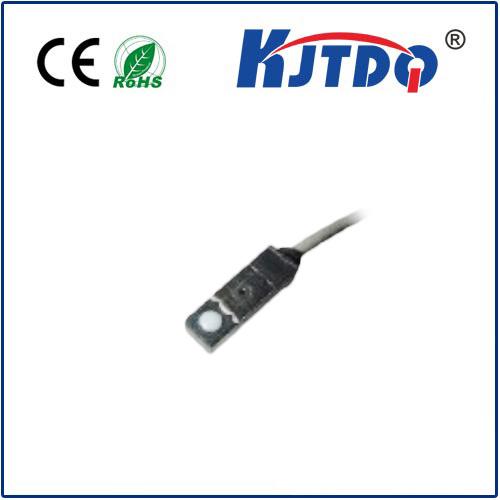ограничитель наклона
- time:2025-08-07 01:10:45
- Нажмите:0
Tilt Limit Switches: Essential Safety Guardians in Industrial Machinery
Imagine a towering crane hoisting a critical load, a massive dump truck tipping its bed, or a sophisticated solar panel array tracking the sun. Now, imagine the catastrophic consequences if these structures moved beyond their safe operating angles. Uncontrolled tilting leads to equipment damage, costly downtime, environmental hazards, and worst of all, severe injuries or fatalities. This is where the tilt limit switch steps in – an unassuming yet vital component silently safeguarding lives and machinery.
What Exactly is a Tilt Limit Switch?
А.ограничитель наклона, often referred to as a tilt sensor switch or inclination switch, is a specialized safety device designed to detect when an object reaches a predetermined angular position relative to gravity. Unlike complex inertial systems, these switches operate on elegantly simple mechanical or mercury-based principles. Their core function is to trigger an electrical signal when a specific tilt angle is exceeded. This signal acts as a critical input to a control system, instantly initiating a safety response – such as cutting power, activating alarms, or applying brakes – to halt potentially dangerous motion.
How Do They Operate?
Understanding the mechanism is key:

- Sensing Element: Inside the switch housing resides the “brains.” This could be:
- Mercury Tilt Switch: A sealed glass vial containing a small amount of mercury and electrical contacts. As the switch tilts, gravity pulls the conductive mercury into contact with the terminals, completing the circuit.
- Pendulum/Counterweight Mechanism: A pivoting mass (pendulum or weighted ball) is constrained within a housing. At the designated angle, this mass physically moves to actuate integrated microswitches or open/close contacts.
- Electrolytic Sensor: Uses fluid and electrodes to detect changes in conductivity or capacitance due to inclination (common in higher-precision, often non-limit applications).
Setpoint Adjustment: Crucially, most tilt limit switches allow precise setting of the activation angle. This is often achieved through calibration screws, physical stops, or adjustable mounting brackets, ensuring the switch triggers exactly at the required degree of tilt for a specific application.
Electrical Switching: When the setpoint angle is reached or exceeded, the internal mechanism changes the state of its electrical contacts (typically SPST or SPDT configurations). This sends a clear “tilt limit reached” signal back to the machine’s control unit (PLC, relay, drive controller).
Safety Response: Upon receiving this signal, the control system executes pre-programmed safety protocols. This is the fundamental safety function: stopping movement before instability occurs.
Where Are Tilt Limit Switches Critical? The Prime Applications
The reliability and simplicity of tilt limit switches make them indispensable across numerous industries:
- Material Handling & Cranes: Perhaps the most critical application. Mounted on crane booms, jibs, or the crane body itself, they detect excessive boom angle that could lead to tipping. They are vital safety cut-offs on scissor lifts, aerial work platforms (AWPs), and forklifts to prevent dangerous overturning.
- Construction & Heavy Equipment: Ensuring dump truck beds don’t over-raise during tipping, preventing contact with the cab or causing instability. Used on excavators, loaders, and other mobile equipment prone to operating on slopes.
- Возобновляемые источники энергии: On solar trackers, tilt limit switches prevent panels from tilting beyond their mechanical limits, especially in high winds or during stow positions, protecting the drive mechanism and panels. They can also monitor the tilt of wind turbine nacelles.
- Marine & Transport: Stabilizing systems on ships, preventing cargo or containers from shifting dangerously, or triggering alarms if vehicles, trailers, or containers are tilted beyond safe limits during transport or loading/unloading.
- Промышленное оборудование: Protecting mixers, agitators, furnaces, or any large rotating/tilting equipment from operating outside their designed angular envelope.
- Safety Barriers & Access Systems: Ensuring safety gates or barriers are correctly positioned (upright and locked) before machinery operation can commence.
Choosing the Right Tilt Limit Switch: Key Considerations
Selecting the optimal tilt sensor switch isn’t arbitrary. Several factors are paramount:
- Accuracy & Repeatability: How precisely does it trigger at the set angle every single time? High repeatability is non-negotiable for safety.
- Setpoint Range & Adjustability: Does it cover the required angle range (e.g., 0-90°, 0-180°, ±45°)? Is the adjustment fine enough for your specific need?
- Environmental Toughness: Industrial environments are harsh. Consider ingress protection (IP rating) against dust and water, vibration resistance, operating temperature range, and resistance to chemicals. Robust construction is essential for long-term reliability.
- Switching Type & Rating: What contact configuration (NO/NC/Changeover) and electrical load (voltage, current - AC/DC) are needed to interface with your control system? Ensure the switch can handle the load without premature failure.
- Hysteresis: This is the difference between the angle where the switch activates when tilting one way and deactivates when tilting back. Understanding hysteresis is vital to prevent rapid, damaging cycling (“chatter”) near the setpoint.
- Mounting & Orientation: How will the switch be physically attached to the machine, and in which orientation relative to gravity? This directly impacts the setpoint calibration. Ensure sturdy mounting to prevent signal drift.
- Mechanism: Mercury switches offer smooth operation but face increasing restrictions due to RoHS and environmental concerns. Mechanical pendulum/ball switches are robust and widely accepted as reliable alternatives. Electrolytic options offer precision but may be costlier and less suited purely for hard limit detection.
The Unseen Lifesaver
Tilt limit switches operate silently in the background, often unnoticed until the moment they prevent disaster. They represent a critical layer of functional safety, embodying the principle of “fail-safe.” By ensuring machinery operates strictly within its geometrically stable boundaries, these devices prevent costly equipment damage, minimize hazardous downtime, and, most importantly, protect human lives. Their robust design, straightforward operation, and proven reliability make them a cornerstone of safety engineering in countless applications where controlling tilt isn’t just desirable – it’s imperative. Integrating and maintaining these vital safety components isn’t merely compliance; it’s a fundamental commitment to operational safety and responsibility.

